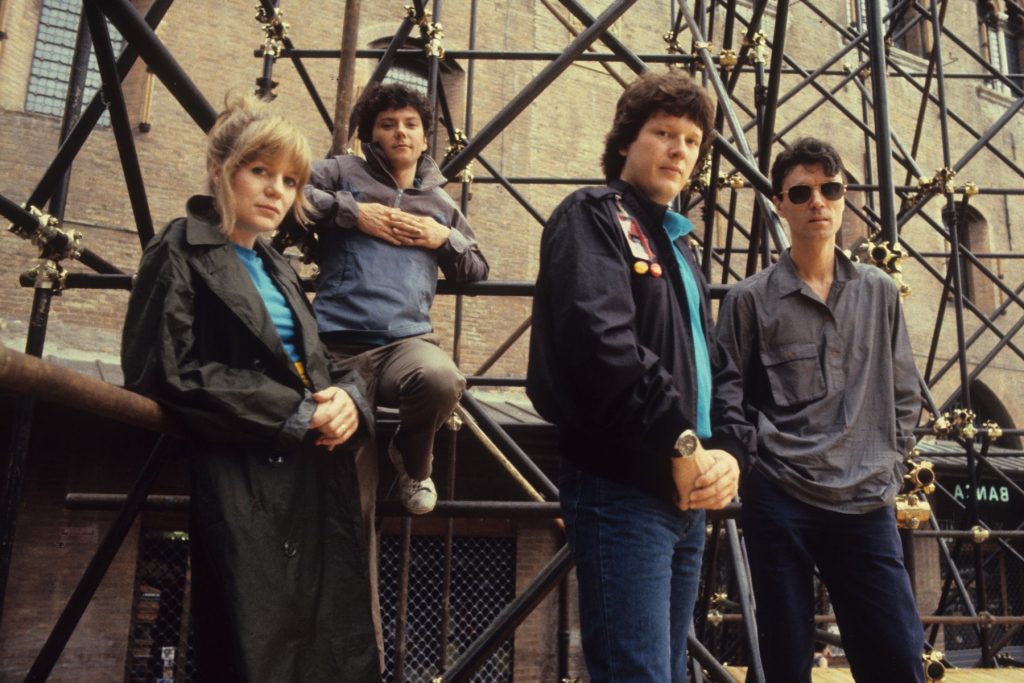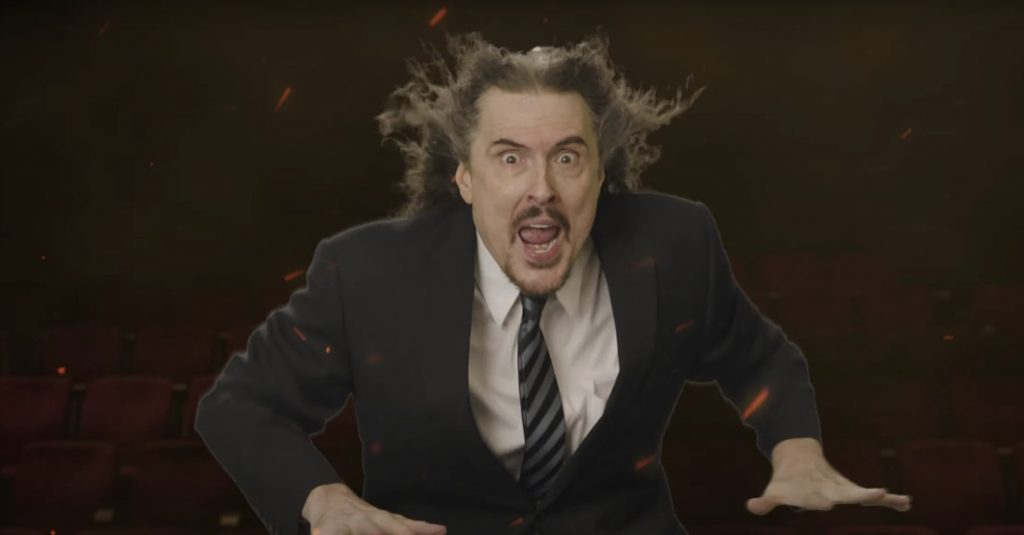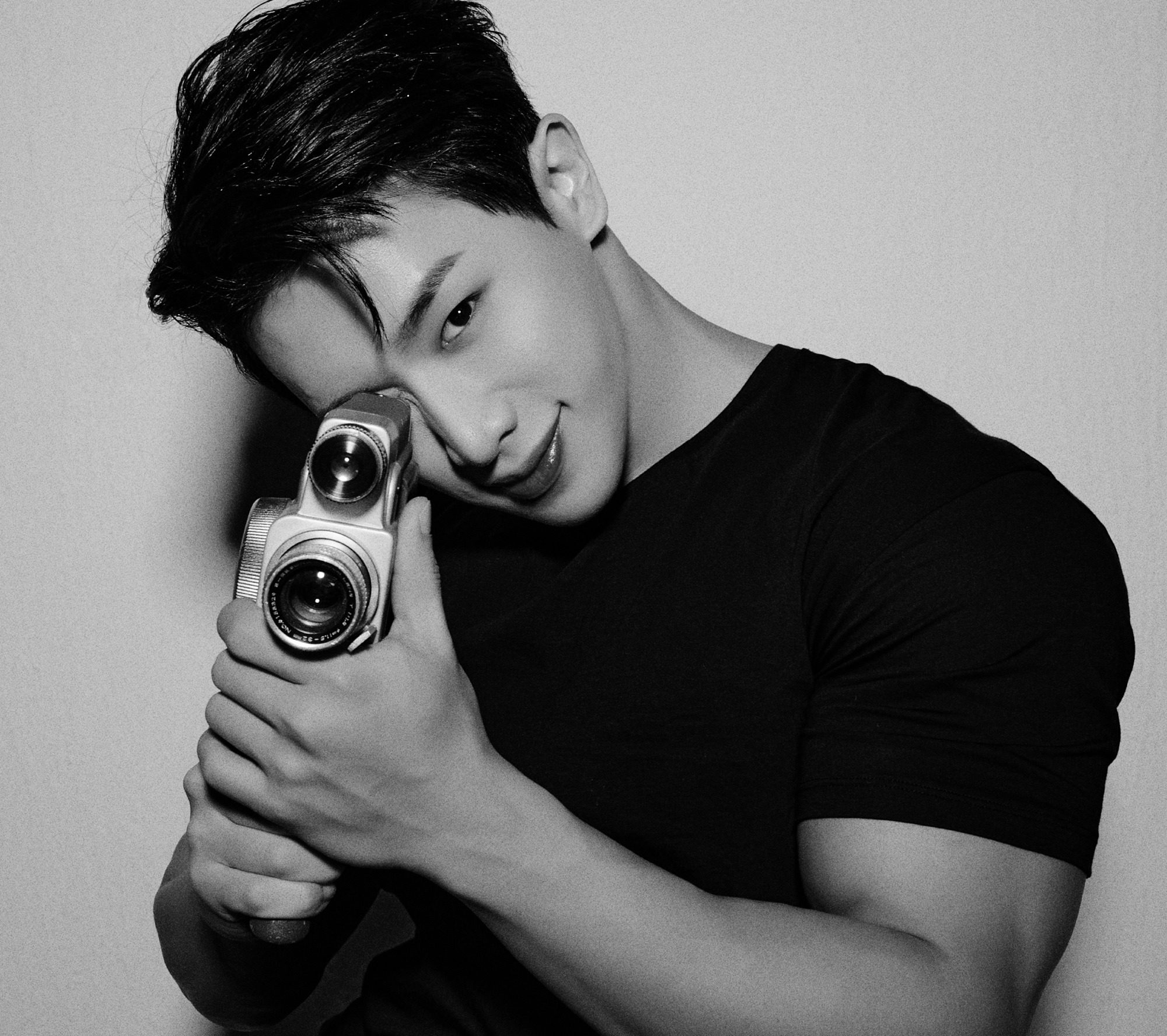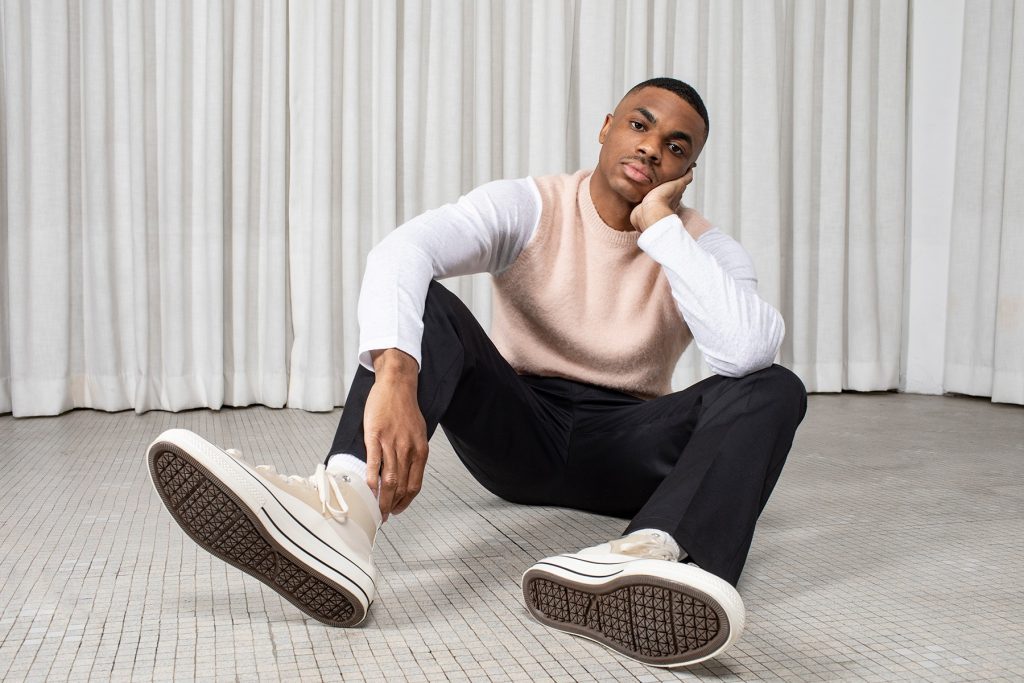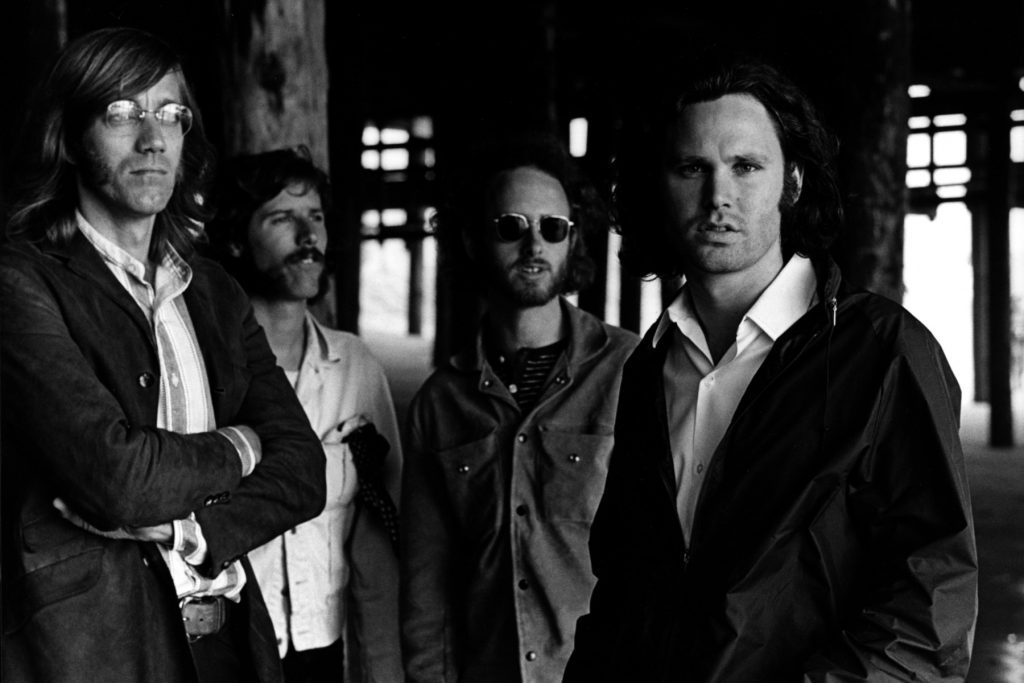
Hear Jim Morrison Psych Up the Doors in ‘Roadhouse Blues’ Alternate Take
Before the Doors recorded the first take of “Roadhouse Blues,” the boogieing lead-off to their fifth album, Morrison Hotel, frontman Jim Morrison set the scene for the band by describing a vivid scene with his natural gusto.
“Now the subject of this song is something that all of you have seen at one time or another, it’s an old roadhouse,” he told the band, as heard in the previously unreleased recording premiering on IndieLand. “We’re down in the South or in the Midwest or maybe on the way to Bakersfield, and we’re driving in a ’57 Chevy to an old roadhouse. Can you dig it? It’s about 1:30 and we’re not driving too fast, but we’re not driving too slow either. We’ve got a six-pack of beer in the car, and a few joints, and we’re just listening to the radio and driving to the roadhouse through nature. Dig it?” He offers up a few more mots of wisdom, and guitarist Robby Krieger kicked things into gear with a buoyant riff.
“I can’t remember him ever doing that before,” Krieger tells IndieLand, referring to the Morrison monologue. “Actually, the real roadhouse was this place that was right down the street from our studio. It was kind of across the street from the Troubadour and a little bit east. It was a bar — I forget what it was called — but it was where Jim spent quite a bit of time with his drinking buddies. Even though it was in the city, this place looked like it could have been out in the desert. To me, that was what he was singing about.”
blogherads.adq.push(function () {
blogherads
.defineSlot( ‘medrec’, ‘gpt-dsk-tab-article-inbody1-uid0’ )
.setTargeting( ‘pos’, [“mid-article”,”mid”,”in-article1″,”mid-article1″] )
.setSubAdUnitPath(“music//article//inbody1”)
.addSize([[300,250],[620,350],[2,2],[3,3],[2,4],[4,2]])
;
});
The take — which appears on the 50th-anniversary box set of Morrison Hotel due out October 9th — is loose and free-spirited, as the musicians each settle into an easy groove with each other and Morrison pleads with an “ashen lady” to give up her vows. By the time they mount a final round of the chorus, “Let it roll, baby, roll,” Morrison starts snarling, having found his footing.
When Krieger listens to the recording now, it’s somewhat bittersweet. “I liked hearing it, especially the guitar solo,” he says. “I wish they had used that one instead of the one on the record. But Jim’s vocal wasn’t quite as good. It was a little sloppier. But it’s cool. You can see the progression of how we worked the song from the start to the finish.”
The time surrounding the making of Morrison Hotel — from November 1969 into January 1970 — was generally positive for the band compared to the months leading up to it. In March 1969, Morrison had been arrested for allegedly exposing himself to a Miami audience and the genesis of the band’s previous LP, The Soft Parade, was difficult since they were, in Krieger’s words, “trying to keep up with the Beatles” by putting horn arrangements on tunes like “Touch Me.” So for Morrison Hotel, they decided to pare things down to the four-piece band and the blues that inspired them early on.
“It was just easier,” Krieger says. “Things felt better. We just had a good time. It was cool to write some stuff with Jim; on Soft Parade, I was writing a lot of the songs because Jim was always off in court. But Morrison Hotel was just a fun album.”
They also experienced some luck when making the record and “Roadhouse Blues” in particular. They had decided to do a blues song — “That was Jim’s favorite thing at that point,” Krieger says — and ran into the Lovin’ Spoonful’s John Sebastian, who offered up his harmonica-playing services. “I didn’t even know he played harmonica that well, but I guess his dad was a famous classical harmonica player,” Krieger says.
The other stroke of luck was when Ray Neapolitan — who had been playing bass on the sessions — was unable to play and blues guitarist Lonnie Mack, who had a hit with a cover of Chuck Berry’s “Memphis,” just happened to be at the studio. “At that point, Lonnie had given up music and was selling Bibles out of the back of his car,” Krieger remembers.
blogherads.adq.push(function () {
blogherads
.defineSlot( ‘medrec’, ‘gpt-dsk-tab-article-inbody2-uid1’ )
.setTargeting( ‘pos’, [“mid-article2″,”mid”,”in-article2″,”mid-article”] )
.setSubAdUnitPath(“music//article//inbody2”)
.addSize([[300,250],[300,251],[620,350],[2,4],[4,2]])
;
});
The guitarist also credits the groove to John Densmore’s drumming and Ray Manzarek’s piano playing. As for himself, he played his solos off the top of his head. He’s particularly impressed with the way Morrison pushed himself, especially on the album version of the track, since Morrison never got vocal training; he’d just developed his voice with gigs at the Whisky a Go Go. “He had an amazing range,” Krieger says. “His low stuff was great and the high stuff and the screams. I never met anybody that can do that to this day as well as him.”
It was Ray Manzarek who spotted the Morrison Hotel while driving around Downtown L.A. The rooms cost $2.50 a night, with a bar next door called the Hard Rock Café (not to be confused with the global restaurant chain). “It was just a crummy little bar with a bunch of bums in it,” Krieger says. In addition to featuring both the Morrison Hotel and Hard Rock Café on the album art, they named each side of the LP after the places. They even had to sneak the photos they used.
“At the Morrison Hotel, we asked the guy behind the desk if we could take a picture, and he said, ‘No,’” the guitarist recalls. “We should have just slipped him a $10 bill. We said, ‘Shit. That’s too bad. That would have been nice.’ But then we saw him go up the elevators and said, ‘Quick, go in.’ So we only had time for one or two shots.
“Right after that, we went around the corner to the Hard Rock Café,” he continues. “We got some shots there, and just before we went in, there was a bum on the street — it was like the Bowery section at that time, a pretty depressed area — and this guy comes up and says, ‘Hey, how about a couple of bucks.’ So Jim goes, ‘Can you do something to earn it? Entertain us.’ The guy says, ‘I have the loudest whistle in the world.’ ‘Really? Go ahead.’ And he did this whistle that was ear piercing. It really was the loudest whistle I ever heard in my life. So Jim goes, ‘How do you do that? I want to do that.’ And he goes, ‘Well, you have to ask Jesus.’”
Earlier this year, before pandemic shutdowns took place, Krieger returned to the site of the Morrison Hotel, around 50 years after the band posed for the cover shot, for the band’s annual Day of the Doors celebration. “They were gonna tear it down and they might still tear it down,” the guitarist says. “But a guy bought it and he’s a big Doors fan so he’s gonna build it back up and make a nice hotel out of it. I went down there and played, and Dennis Quaid came down and sang. They still had the window, with Morrison on it, from when we shot the album cover, so people could go behind it and get their picture taken. It was pretty cool.”
blogherads.adq.push(function () {
blogherads
.defineSlot( ‘medrec’, ‘gpt-dsk-tab-inbodyX-uid2’ )
.setTargeting( ‘pos’, [“mid”,”mid-articleX”,”in-articleX”,”mid-article”] )
.setSubAdUnitPath(“music//article//inbodyX”)
.addSize([[300,250],[300,251],[3,3],[620,350]])
.setLazyLoadMultiplier(2)
;
});
